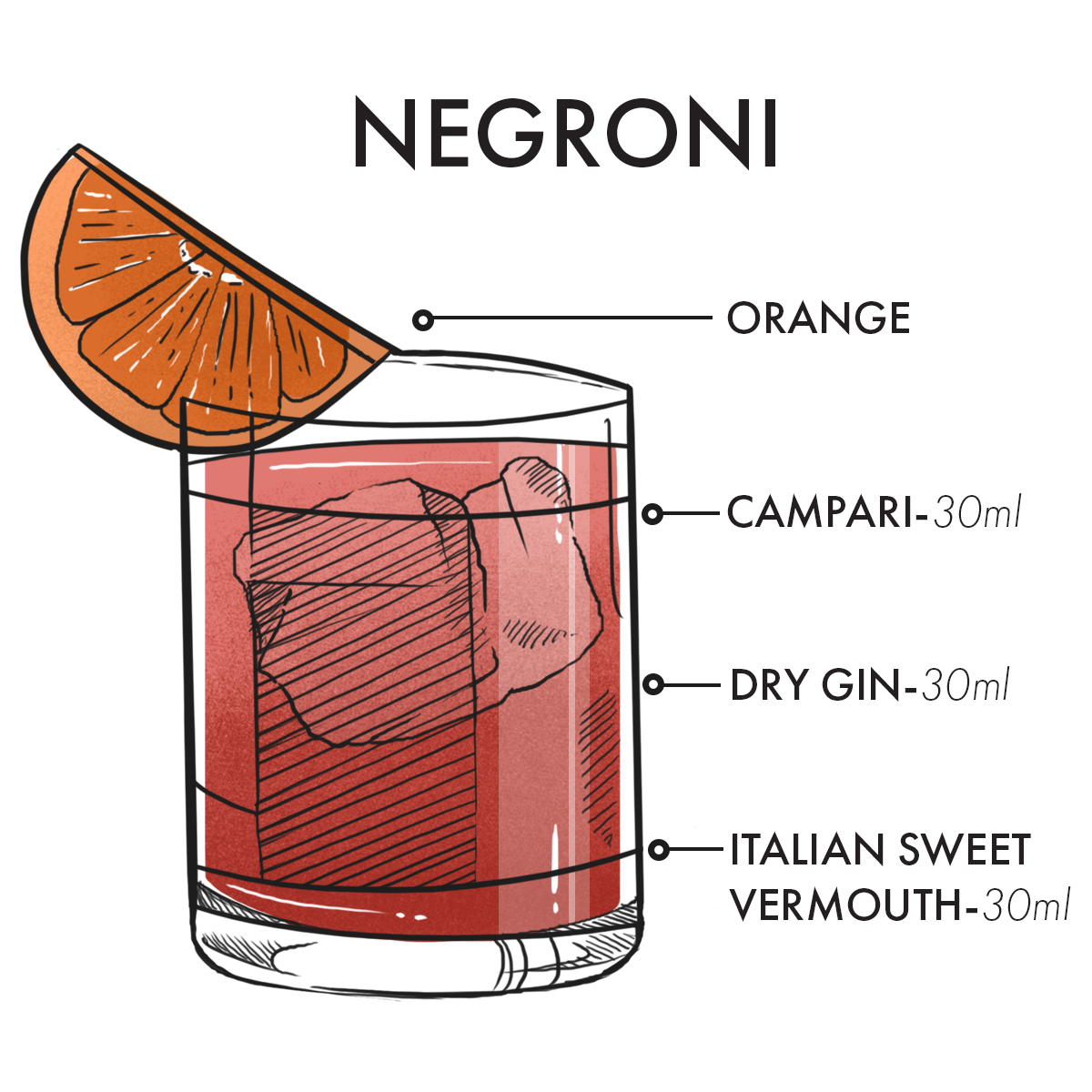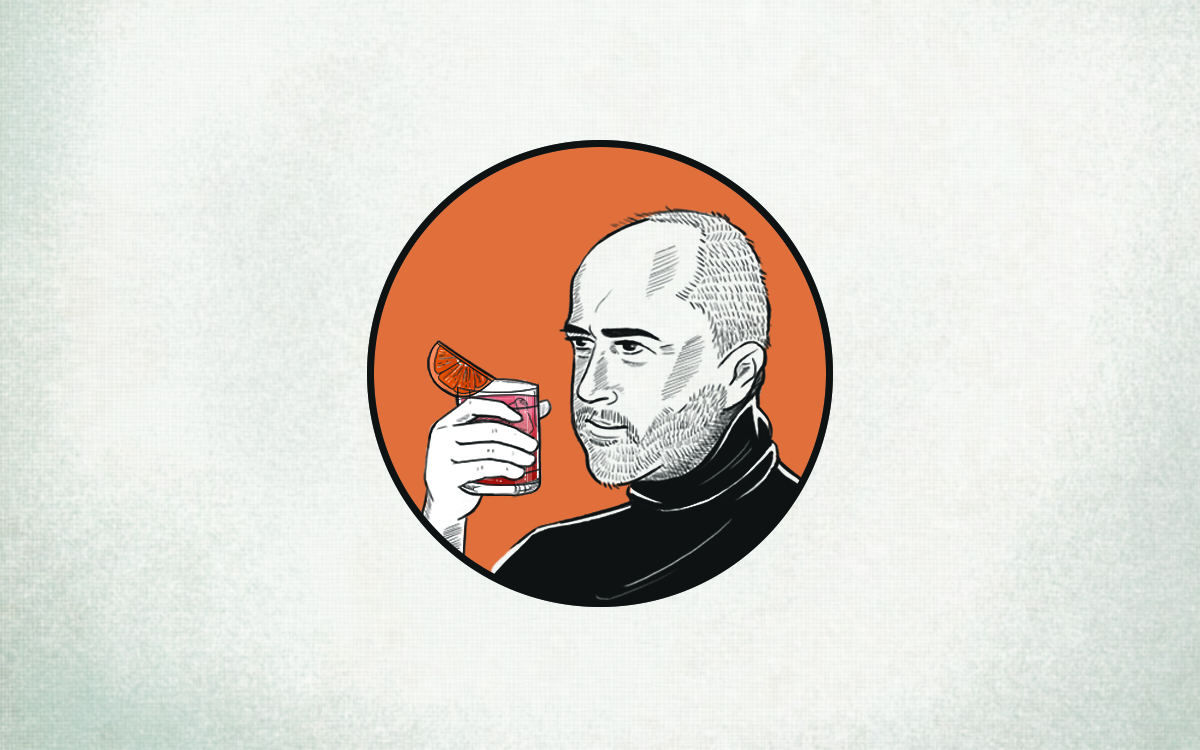“This is a good place,” he said.
“There’s a lot of liquor,” I agreed.
― Ernest Hemingway, The Sun Also Rises
Inspired by a friend to re-read Hemingway a couple of years ago I have almost exhausted the complete canon as well as five biographies and a coffee table photo book. However, the most inspirational part of my collection is perhaps my Hemingway cocktail book, To Have and Have Another: A Hemingway Cocktail Companion by Philip Greene.
Greene has brilliantly put together dozens of cocktails that link through the novels, biography or legend of Ernest Hemingway.
July is Hemingway month with the anniversary of his death (July 2) and his birth (July 21). As a tribute I have decided to put my own safety aside and drink every cocktail in the book, 56 in total, as well as exploring the relevant texts. My only time limit will be to complete the task before next July.
My odyssey begins with the Negroni. I fell in love with the Negroni some years ago in Venice and we have been great and regular companions ever since. Described in the book, The Life Negroni by Leigh & Nargess Banks as, “the perfect balance of sweet and bitter,” and its simple construction has made it the go to cocktail of many. These days at parties and barbeques you are as likely to be handed a Negroni as a beer.
Whether it was invented by the Florentine Count Camillo Negroni (born 1868) or the Corsican General Pascal Olivier Count de Negroni (born 1829) the drink has risen in popularity since the 1920s. Legend has the former claimant looking for something stronger than an Americano, the latter as a soothing aperitif to settle his digestive problems.
Recipe as appearing in Greene’s book (and pretty much everywhere else):

Illustration: Jessica Bretherton
Ingredients:
- 1 oz. (30ml) Dry Gin
- 1 oz. Campari
- 1 oz. Italian Sweet Vermouth
On the Rocks: Add all ingredients except garnish to an Old fashioned glass filled with ice. Stir.
Up: Stir all ingredients except garnish well in a mixing glass; strain into a chilled cocktail glass.
Although the recipe suggests Italian vermouth, such as Punt Mes, try it with Dolin, a French vermouth from Chambery. The flavour is subtle and smoothes the bitter edge off Campari. Also, I find stirring with the orange in the glass with ice helps tie the flavours together. If you drink it Up the bitterness of the Campari can knock out some of the subtleties in the gin.
No specific gin is recommended but Gordons was the gin of choice for most cocktail drinkers in the ‘40s and ‘50s. However, the Gordons recipe has changed over the years and Tanqueray is thought to be the closest in taste to the old Gordons. I would also recommend trying some of the great gins coming from the guys at Four Pillars.
The Negroni is mentioned in Hemingway’s Across the River and into the Trees (1950) however, the recipe suggests an Americano rather than a Negroni. Our aging anti-hero is observing people in a bar, “They were drinking Negronis, a combination of two sweet vermouths and seltzer water.”
They also feature in the short story The Good Lion (1951). Intended as a children’s story the winged lion is a son of the lion of St. Mark in Venice. Living in Africa he is sophisticated beyond his contemporaries who “especially liked to eat Hindu traders.” But this lion would prefer scampi and pasta. He “would sit and fold his wings back and ask politely if he might have a Negroni or an Americano and he always drank that instead of the blood of the Hindu traders.”
Both works were written around Hemingway’s time in Venice in 1948
If you are one of the rare people who have not yet tried a Negroni, don’t feel you have to travel to Venice to be inspired. But if you do find yourself in Venice try one at Laconda Cipriani on the island of Torcello, the hotel where Hemingway wrote Across the River and Into the Trees and one of the world’s most beautiful restaurant locations.
Want to add To Have and Have Another: A Hemingway Cocktail Companion to your collection? Purchase it here.


